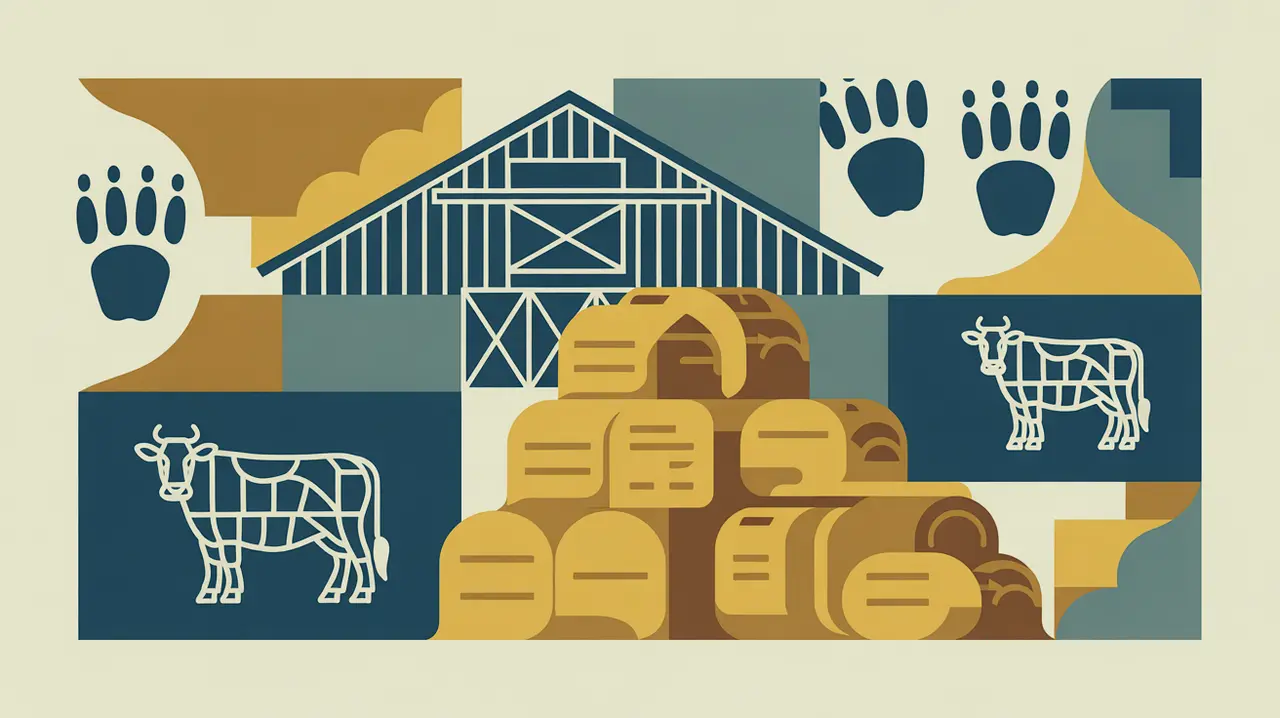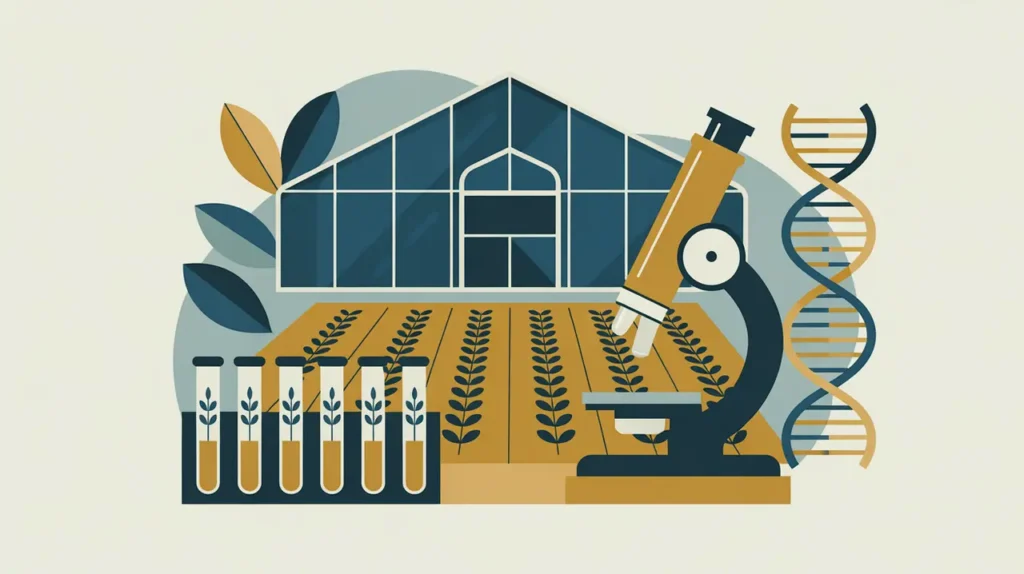Importance of Livestock Management
Livestock management is vital for food security, rural livelihoods, and economic growth. It provides meat, milk, eggs, leather, and draft power while supporting millions of households worldwide. In international development, livestock management contributes to nutrition, income generation, and resilience, particularly in smallholder and pastoralist communities. For nonprofits and social innovators, it matters because effective management practices improve productivity, reduce environmental impacts, and strengthen community wellbeing.
Definition and Features
Livestock management refers to the care, breeding, and utilization of domesticated animals for food, labor, and other products. Its defining features include:
- Animal Health and Welfare: ensuring disease prevention, treatment, and humane care.
- Breeding and Productivity: improving genetics and yields through sustainable practices.
- Resource Management: balancing feed, water, and land use.
- Environmental Considerations: addressing waste, emissions, and ecosystem impacts.
How this Works in Practice
In practice, livestock management ranges from intensive commercial operations to extensive pastoral systems. For example, smallholder farmers may keep a few goats or cows for household nutrition and income, while cooperatives aggregate production for markets. NGOs often provide veterinary support, training, and access to improved feed or breeding stock. Governments regulate animal health systems and sometimes subsidize livestock-based livelihoods. Challenges include climate change impacts, zoonotic disease risks, overgrazing, and limited access to veterinary care in rural areas.
Implications for Social Innovation
Livestock management has significant implications for social innovation because it intersects with health, environment, and livelihoods. Innovations such as mobile veterinary services, climate-smart feeding systems, and blockchain-based traceability improve both productivity and sustainability. For proximate actors, livestock management provides critical income and nutrition while strengthening resilience. Livestock management is essential for rural development and food system sustainability.







